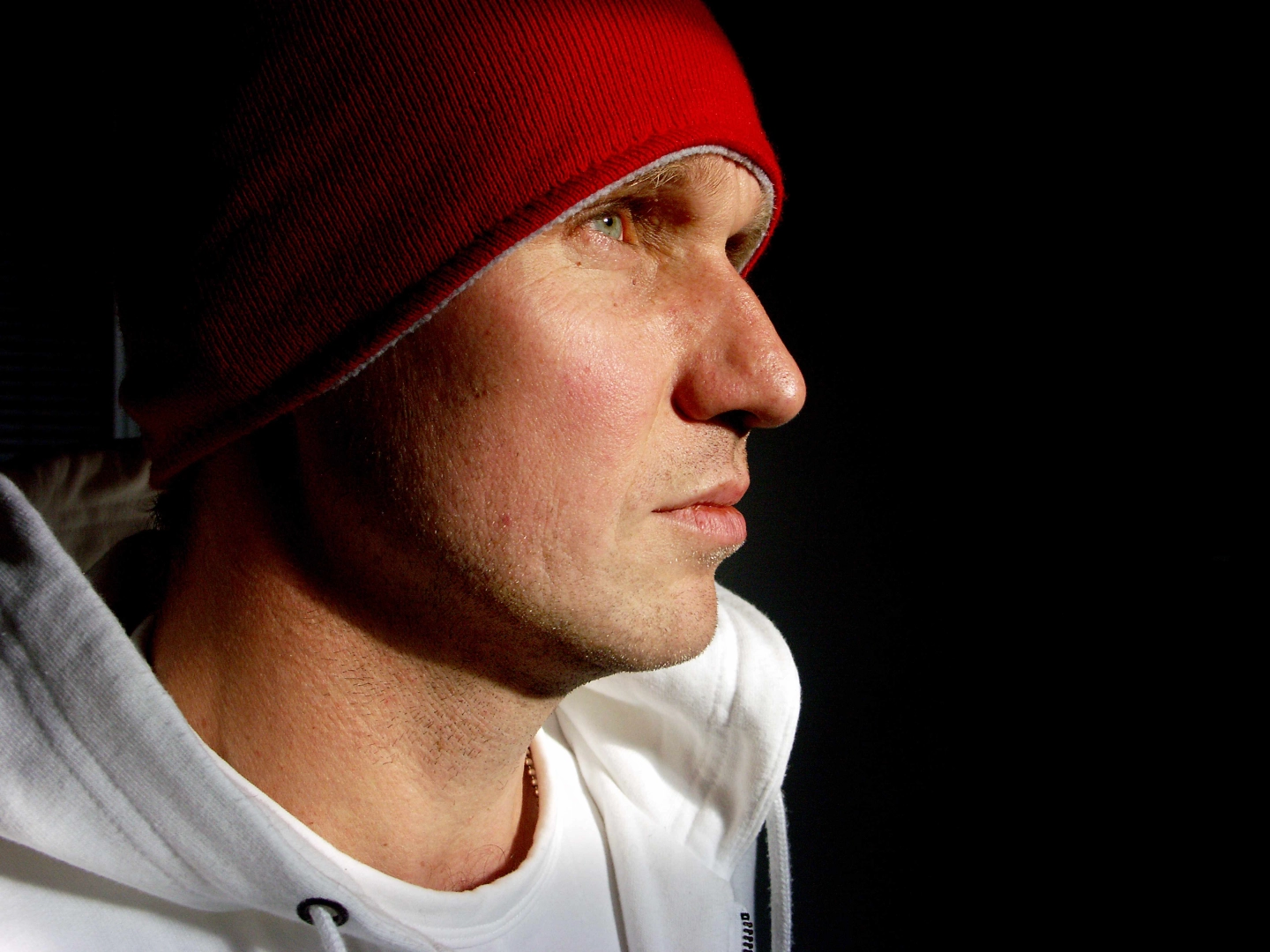When I think of Jiří Kolář, whose 110th birthday would have been on September 24, one particular answer of his comes to mind, addressing a question that had long puzzled me: How is it possible, Mr. Kolář, that you joined the Communist Party in 1945 and left it in the same year? Many did so only after the Russian occupation, others after Charta 77, and some never did. "I am a poet, after all."
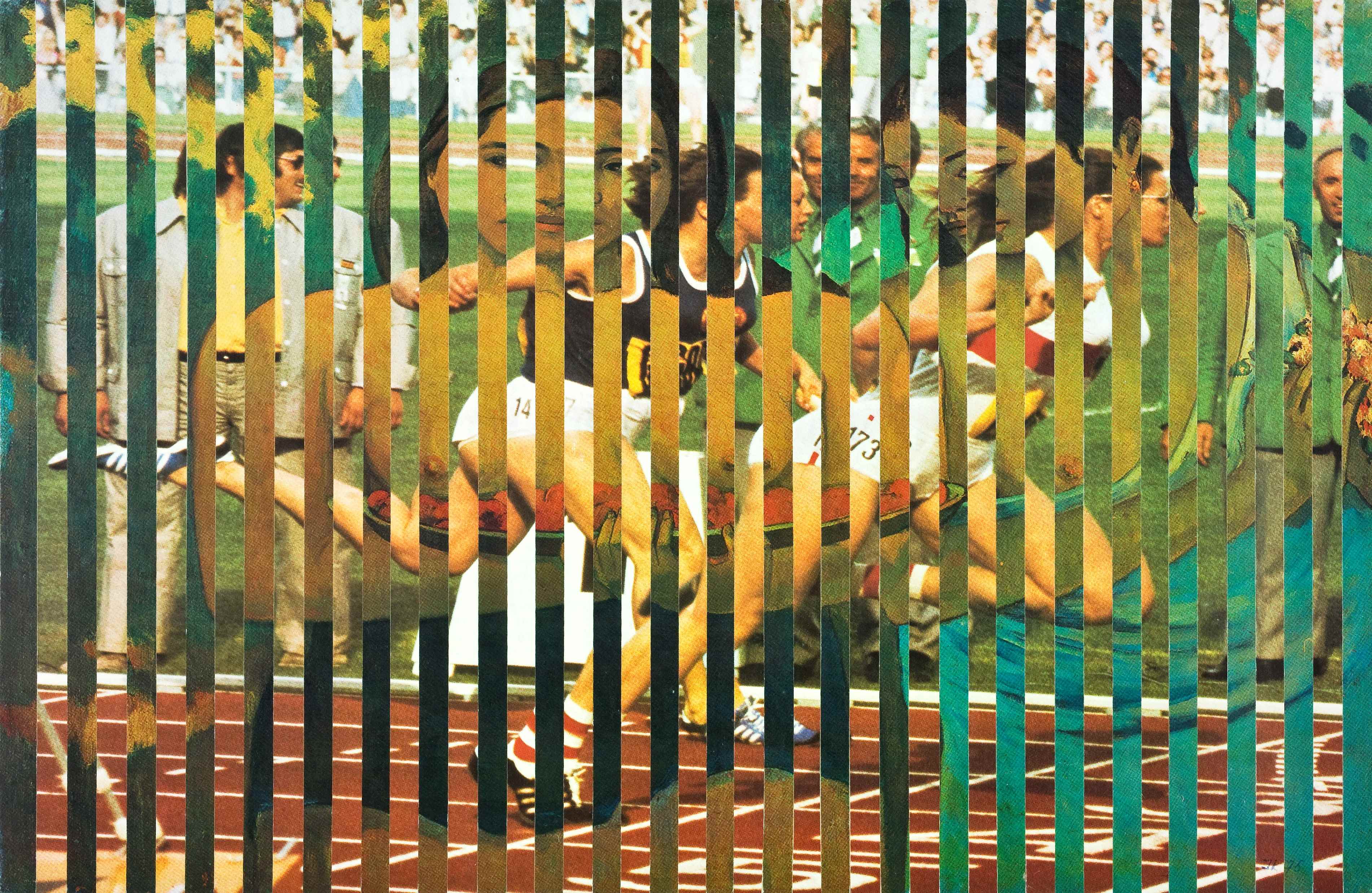
He sensed that nothing good could come from that party. True poets should be like canaries in coal mines, warning of the danger of an explosion. That’s why we should listen to them. When I visited Jiří Kolář in Paris in 1990, it had a lasting impact on me: I wasn’t yet twenty-five, I knew nothing about life or writing, although I was firmly convinced that I knew everything.
„
All great evils arise mainly from people insisting on being someone they truly cannot be.
He was a member of the famous Group 42 alongside Jindřich Chalupecký, Jan Kotík, Kamil Lhoták, Jan Smetana, and other notable figures. They were fascinated by the modern city and the periphery, the world that surrounded and influenced them. After the coup in 1948, this remarkably free-spirited community was banned.
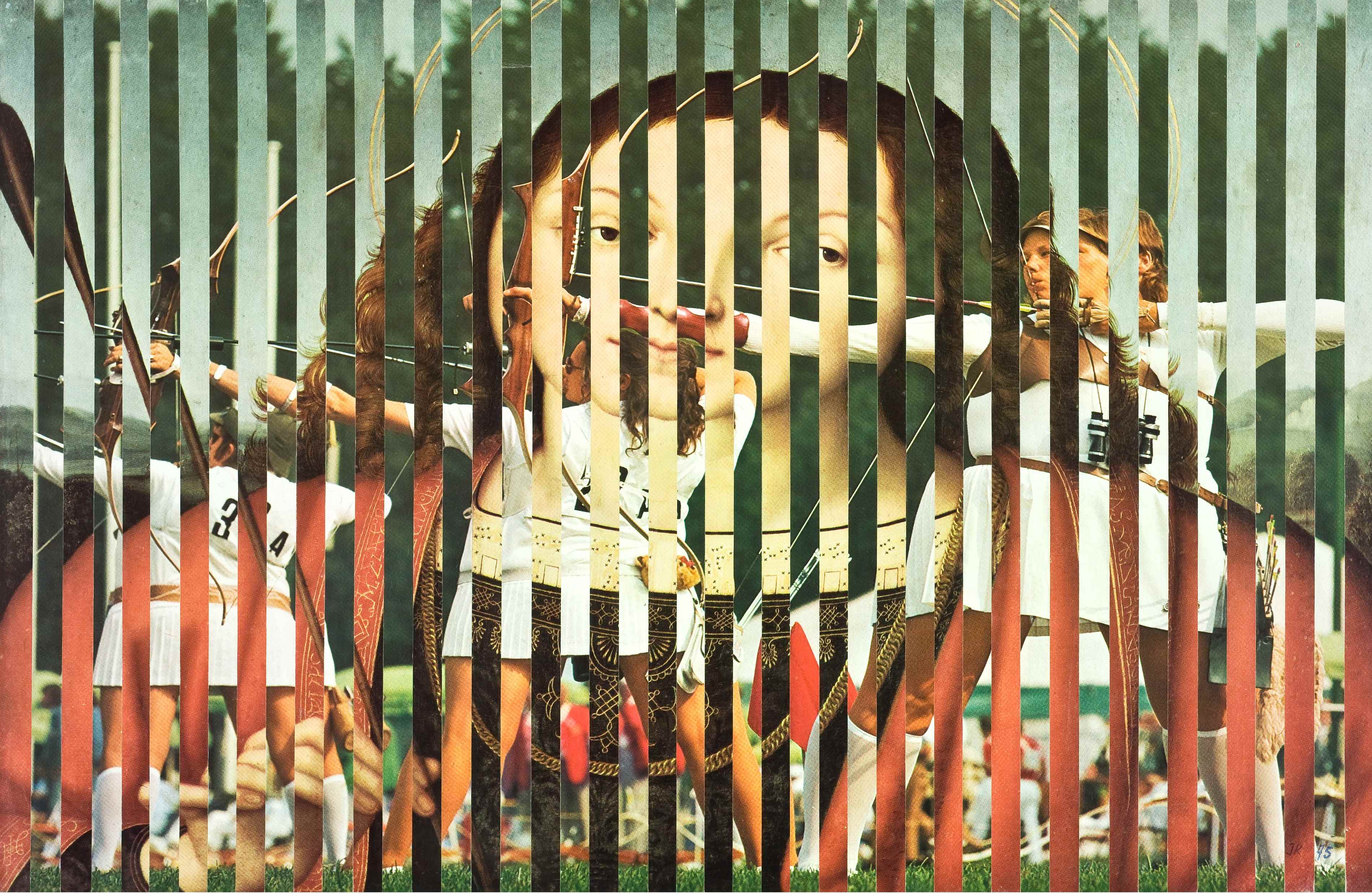
Jiří Kolář went through the communist prison. In February 1953, he was arrested and on September 21 sentenced for the “anti-state” content of his manuscript Prometheus's Liver to one year; however, he was released from court due to the May presidential amnesty, which applied to the remainder of his sentence after deducting pre-trial detention. The censors could not stand Kolář's directness and the precision with which he revealed the dullness of the regime. For example, his revelation of people doing something they are not capable of and merely pretending to be competent, which the totalitarian regime relied on: “A person who tries to make something more of themselves than they are will always become a monster. (…) A person thrown by fate into a profession other than the one that could only have been their calling is equally of little value to the world and can be just as dangerous as a degenerate politician. All great evils arise mainly from people insisting on being someone they truly cannot be. Therefore, in order to cover their mistake, their inability, they must lie truthfully and perfectly mask their powerlessness, resorting to violence, the basest deceptions, often ending in bestiality.”
During the 1950s, he stopped writing poetry. “My verse fell apart,” he explained to me the fundamental life circumstance that led him to an intense creation of collages, images composed of other images and photographs. He gained international fame. No one else achieved a similarly monumental scope in collage as Jiří Kolář. Interestingly, although he did not play sports himself, he repeatedly returned to the theme of sports in his work. As early as the 1960s, he revolutionarily portrayed hockey goalies' sticks, which are now exhibited at the Kinský Palace in the exhibition Get on the Ice! After watching the Munich Games, he created several works featuring themes of athletics, gymnastics, and archery. He used sports photographs interspersed with classical paintings, placing them in unexpected contexts and thereby updating them. The collage Scales carries the telling subtitle: In Memory of the Deceased Israeli Athletes.
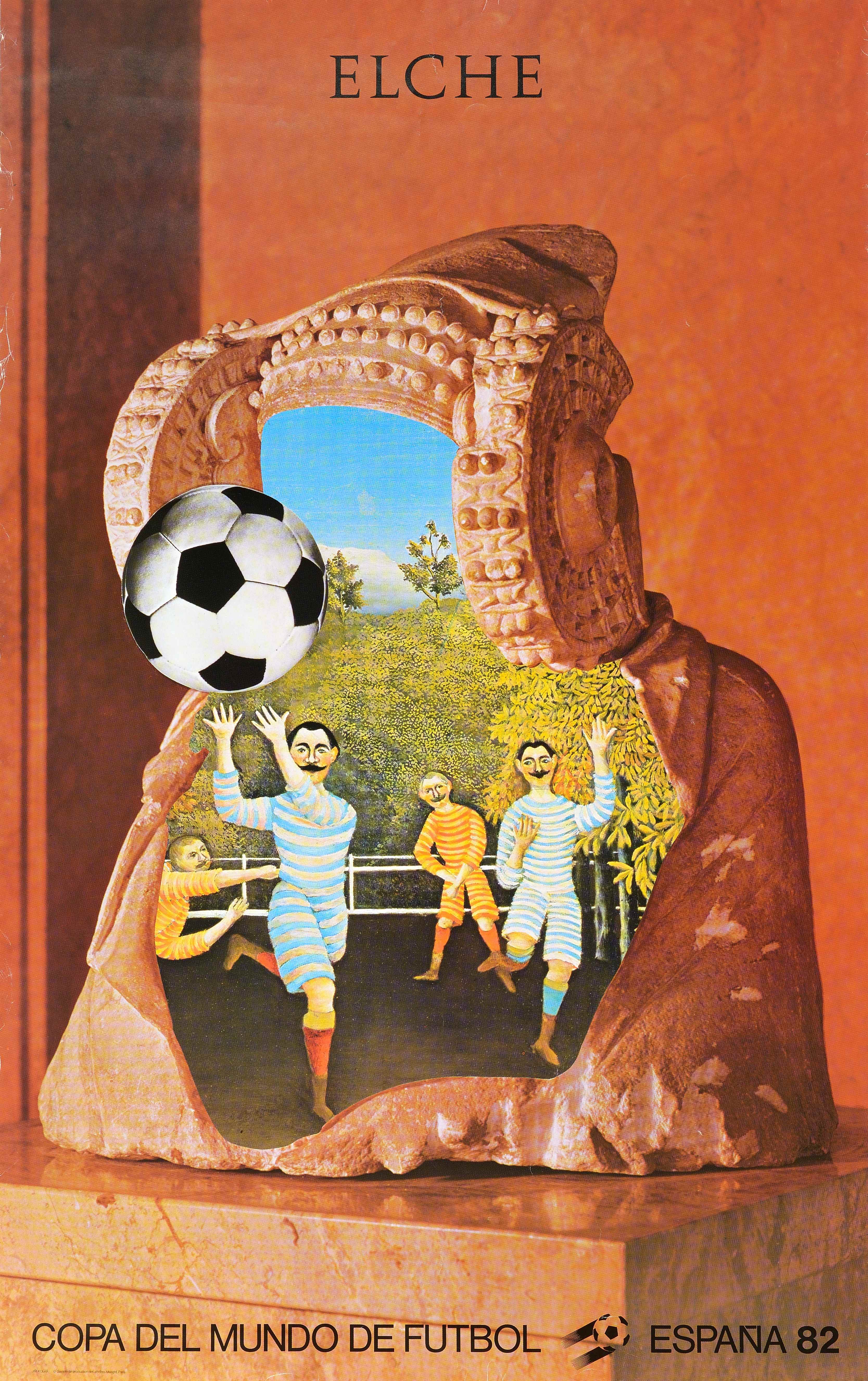
When he emigrated from Czechoslovakia to France in 1980, he was immediately accepted and adopted by the artistic community: he had a permanent contract with the prestigious Maeght Gallery, so he didn’t have to worry about making a living. He could do whatever he wanted. He worked with maximum effort! He was invited several times to create posters for significant sporting events. Whether it was the poster for the 1982 FIFA World Cup (a variation on the painting by customs officer Rousseau Soccer Players), for Roland Garros 1986 (a tennis ball as the sun at the center of the composition), or for the Barcelona Olympics in 1992 (with a doubled motif of the Discobolus), he succeeded in elevating his essentially commercial art into the realm of free creation. Kolář did not conform to the assignments but worked in a way that only he could. His posters gained immense popularity and are regarded as the pinnacle of their genre, becoming sought after by collectors, much like the posters of Art Nouveau master Alphonse Mucha, who, coincidentally, spent a significant part of his life in Paris. In the 1990s, Jiří Kolář began to return home, and together with Václav Havel, who regarded him as his mentor, and Theodor Pištěk, they established the Jindřich Chalupecký Award. In 1999, he remained permanently in Prague. He wanted to be at home in his final chapter of life. He died on August 11, 2002, but his legacy continues to speak to us, whether through words or images, or simply by the way he was.
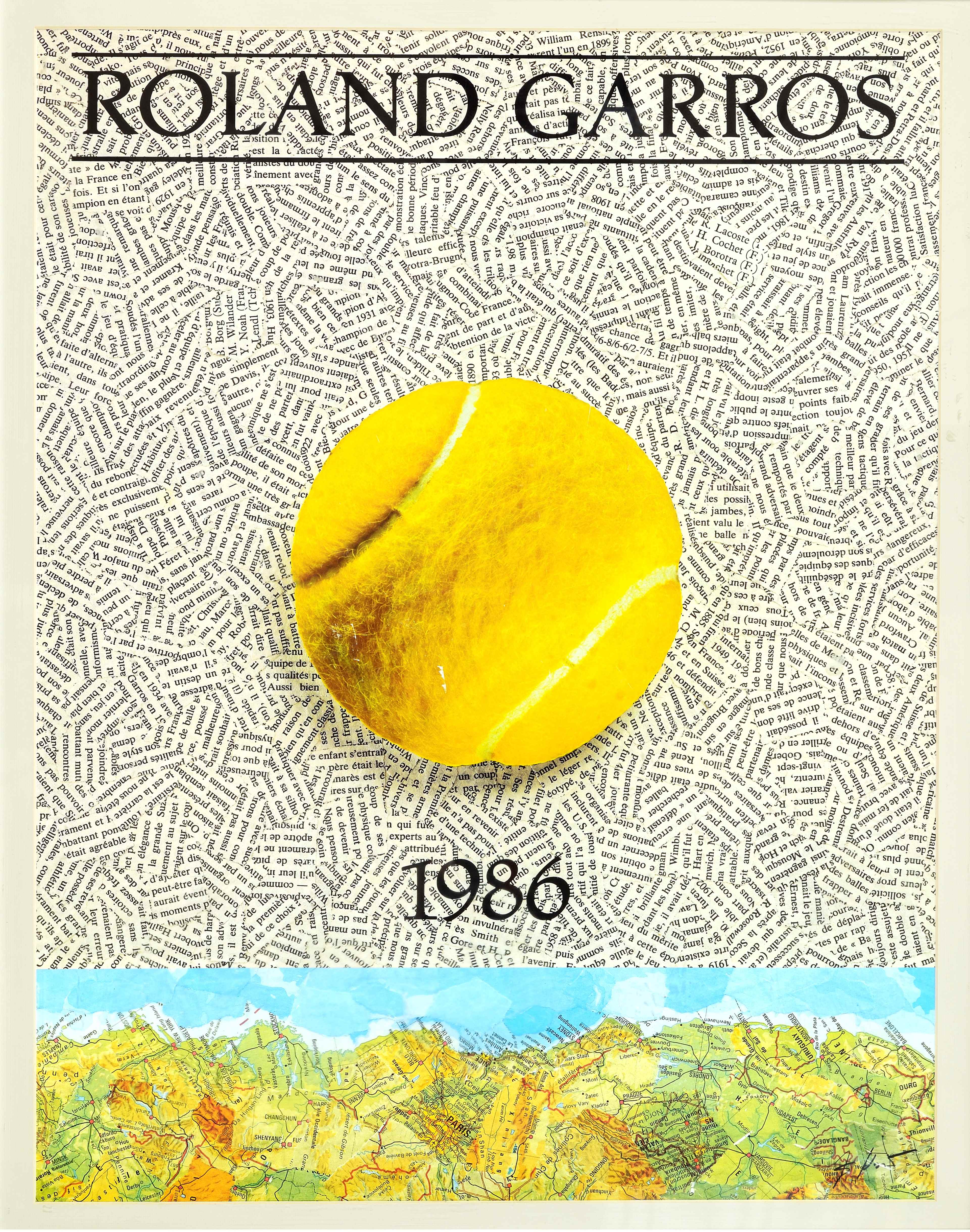
You can find more stories from the artistic environment written by Petr Volf here.

